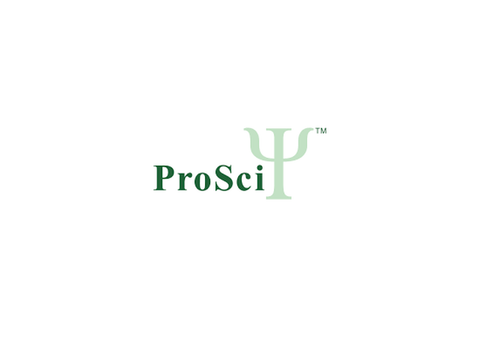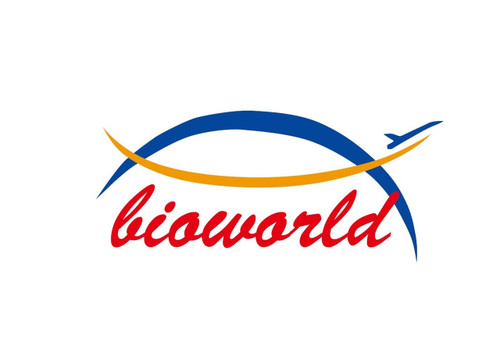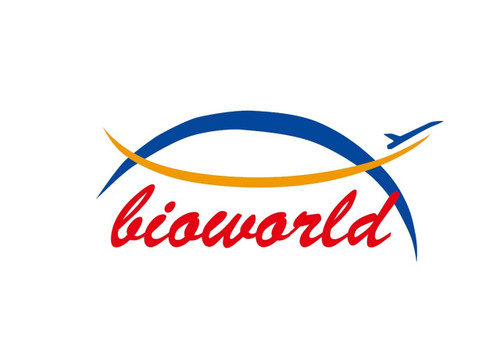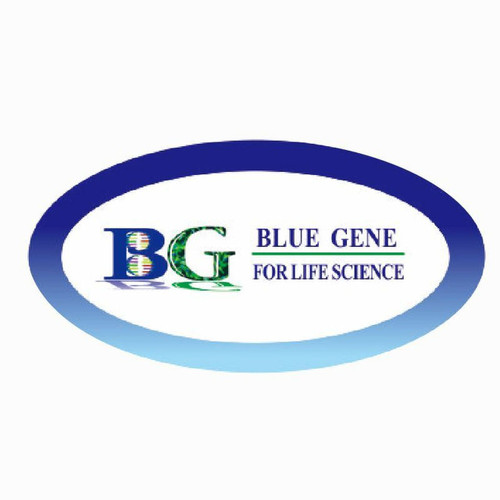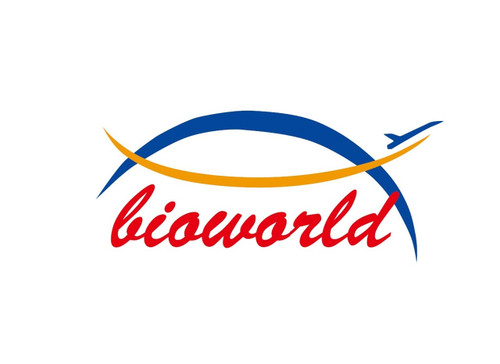Product Description
RPL10 Antibody | 60-292 | ProSci
Host: Rabbit
Reactivity: Human
Homology: Predicted species reactivity based on immunogen sequence: Bovine, Monkey, Mouse, Chicken, Pig, Rat
Immunogen: This RPL10 antibody is generated from rabbits immunized with a KLH conjugated synthetic peptide between 17-45 amino acids from the N-terminal region of human RPL10.
Research Area: Other
Tested Application: WB
Application: For WB starting dilution is: 1:1000
Specificiy: N/A
Positive Control 1: N/A
Positive Control 2: N/A
Positive Control 3: N/A
Positive Control 4: N/A
Positive Control 5: N/A
Positive Control 6: N/A
Molecular Weight: 25 kDa
Validation: N/A
Isoform: N/A
Purification: This antibody is purified through a protein A column, followed by peptide affinity purification.
Clonality: Polyclonal
Clone: N/A
Isotype: Rabbit Ig
Conjugate: Unconjugated
Physical State: Liquid
Buffer: Supplied in PBS with 0.09% (W/V) sodium azide.
Concentration: batch dependent
Storage Condition: Store at 4˚C for three months and -20˚C, stable for up to one year. As with all antibodies care should be taken to avoid repeated freeze thaw cycles. Antibodies should not be exposed to prolonged high temperatures.
Alternate Name: 60S ribosomal protein L10, Laminin receptor homolog, Protein QM, Tumor suppressor QM, RPL10, DXS648E, QM
User Note: Optimal dilutions for each application to be determined by the researcher.
BACKGROUND: Ribosomes, the organelles that catalyze protein synthesis, consist of a small 40S subunit and a large 60S subunit. Together these subunits are composed of 4 RNA species and approximately 80 structurally distinct proteins. This gene encodes a ribosomal protein that is a component of the 60S subunit. The protein belongs to the L10E family of ribosomal proteins. It is located in the cytoplasm. In vitro studies have shown that the chicken protein can bind to c-Jun and can repress c-Jun-mediated transcriptional activation, but these activities have not been demonstrated in vivo. This gene was initially identified as a candidate for a Wilms tumor suppressor gene, but later studies determined that this gene is not involved in the suppression of Wilms tumor. This gene has been referred to as 'laminin receptor homolog' because a chimeric transcript consisting of sequence from this gene and sequence from the laminin receptor gene was isolated; however, it is not believed that this gene encodes a laminin receptor. Transcript variants utilizing alternative polyA signals exist. The variant with the longest 3' UTR overlaps the deoxyribonuclease I-like 1 gene on the opposite strand. This gene is co-transcribed with the small nucleolar RNA gene U70, which is located in its fifth intron. As is typical for genes encoding ribosomal proteins, there are multiple processed pseudogenes of this gene dispersed through the genome.
 Euro
Euro
 USD
USD
 British Pound
British Pound
 NULL
NULL





